Chia seeds, goji berries, quinoa and matcha: the hype surrounding so-called “superfoods” has by no means subsided and is very popular right now, especially for health-conscious consumers. And for good reason! Many superfoods are said to make you slim, increase your performance capability and protect cells from oxidative stress. But what are superfoods exactly? Do they always come from distant lands, and what lies behind the many health benefits promised? Answers to these and other questions can be found below.
Superfoods have been in widespread use for several years, but the term has not yet been legally defined. In general, this product group includes all foods that differ from other foods due to their nutrient composition. Their high vitamin and mineral content, as well as a variety of secondary plant substances, mean that superfoods are said to have a positive effect on health and well-being. They are often little-known exotic fruits and vegetables that can already be found in supermarkets, pharmacies and health food stores in processed form, e.g. as a purée or extract.
Are superfoods really as healthy as we assume?
Superfoods come with the promise of numerous health benefits. The ingredients they contain, such as various vitamins, minerals, enzymes, dietary fibre and antioxidants, are said to have almost curative effects for all manner of conditions. Whether it’s being overweight, cardiovascular problems or even cancer, the manufacturers tell us that the right superfood exists for every ailment. But beware, many of the advertising claims are not scientifically proven. Very little reliable information is available. Studies have often only been conducted on animals or under laboratory conditions in a test tube. One thing, however, is beyond doubt: their multitude of special nutrients combined with a balanced diet certainly makes superfoods healthy. They also offer new and interesting taste experiences to incorporate into your menu planning. However, you should not expect miracles.
Exotic superfoods are not essential for a healthy diet. This is because many domestic fruit and vegetable varieties have similar ingredients. So, if you not only want to be on-trend but also want to think about the environment, it’s best to look for regional superfoods – our local heroes. These are also much cheaper and fresher, as they don’t have to be transported over long distances.
Below are this year’s top 10 superfoods, including local alternatives!
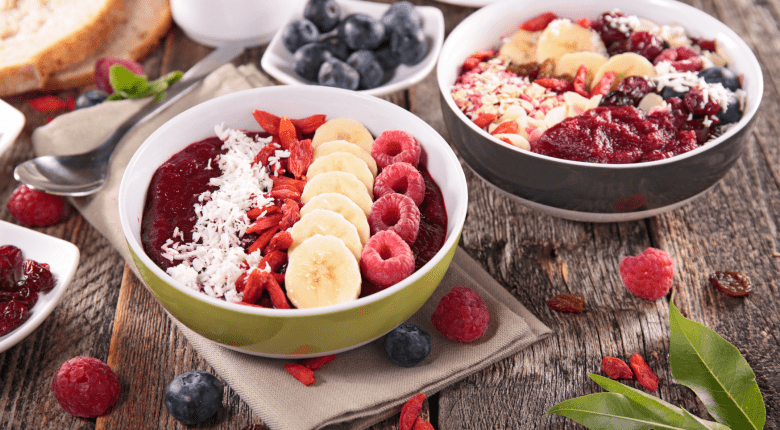
-
The acai berry
The acai berry is also called the “Brazilian wonder berry”. The reason for this is that it is rich in anthocyanins, a blue plant pigment that protects the body from harmful oxidation processes. This superfood also contains a large number of vitamins and minerals. The high calcium content in particular may be of interest to vegans. The berry has an energy content of 250 kcal per 100 g and fat content of almost 50%. However, these are largely good unsaturated fatty acids, similar to an avocado. The berry is particularly popular in acai bowls, which are wonderfully refreshing, especially in summer! The bowl tastes particularly good fresh from the freezer compartment of your Liebherr appliance. Local and also lower-calorie alternatives are blueberries or sour cherries. The regional fruit not only looks similar to the acai berry, but the anthocyanin content is also comparable.
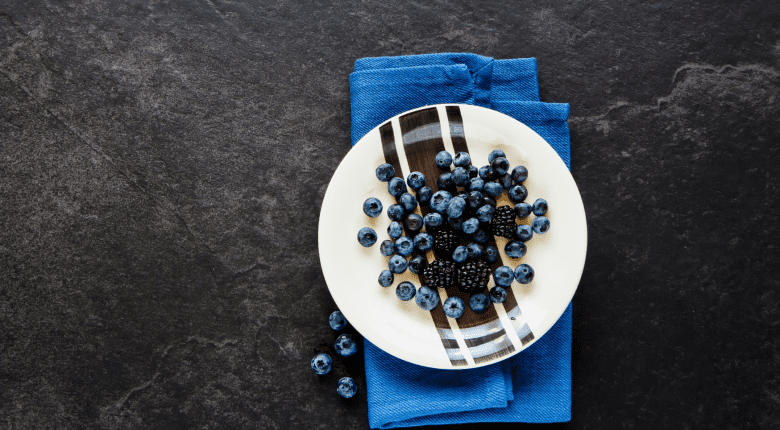
-
Chokeberries
Similar to the acai berry, this trendy berry is also notable for its high content of anthocyanins. The plant pigment gives the chokeberry, also known as Aronia berry, its red to black colouring. The superfood also has impressively high amounts of vitamin C, iron, folic acid and iodine. Chokeberries can be bought mainly as juices, jams and purées. However, in this case, also, anthocyanins are also found in local fruit varieties such as blueberries and blackberries.
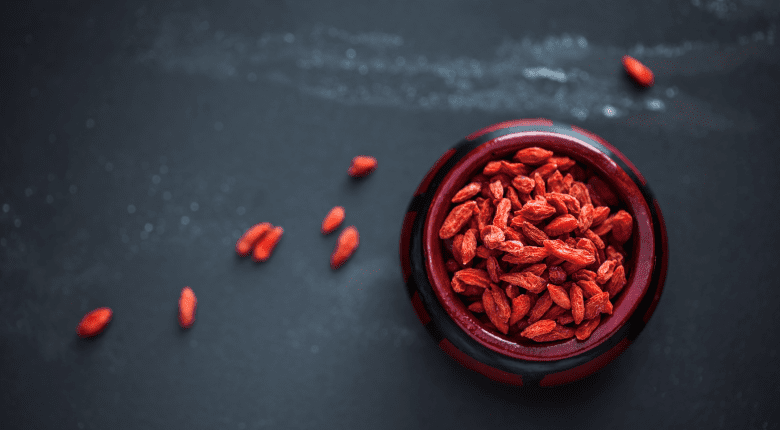
-
The goji berry
The goji berry, also known as the wolfberry or lucky berry, has made it into the top 10 summer superfoods due to its high vitamin C and mineral content. Goji berries also contain secondary plant substances such as lutein and zeaxanthin. The berries are ideal as a topping for muesli, yoghurt or summer salads. However, it’s best for those who take certain blood-thinning medicines to give this superfood a miss and opt instead for local alternatives such as rosehip and sea buckthorn. These have an equally remarkable level of vitamin C.
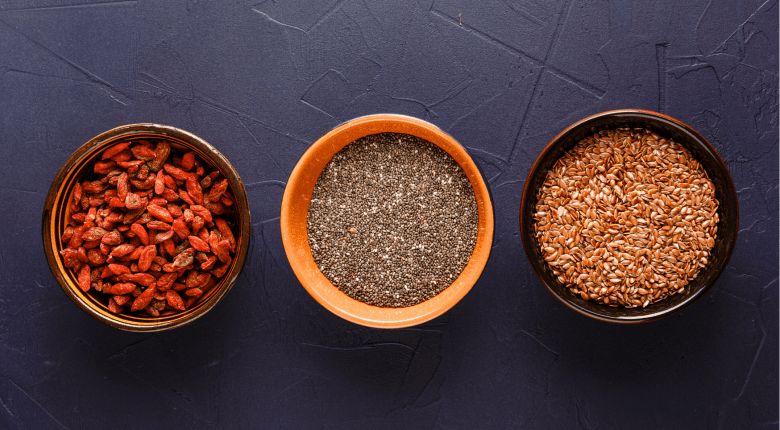
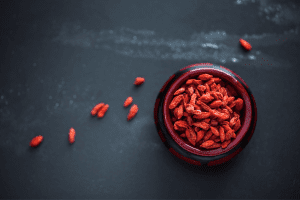
-
Chia seeds
One of the best-known superfoods is chia seeds. They have an outstandingly high content of omega-3 fatty acids, dietary fibre, protein, calcium and iron. The dietary fibre ensures you feel full for a long time and, in combination with a balanced diet, can help you lose weight! The seeds are suitable as a topping for muesli, salads and yoghurt or in puddings, jams and soft drinks. Chia seeds will even keep for several years if stored in a cool, dry place and in well-sealed containers. However, do not consume more than 15 grams of the super-seeds per day and make sure you drink enough water. This is because the seeds absorb water and can cause constipation under certain circumstances. We recommend flax seeds as a local alternative. They have the same positive properties and have an even greater content of omega-3 fatty acids!
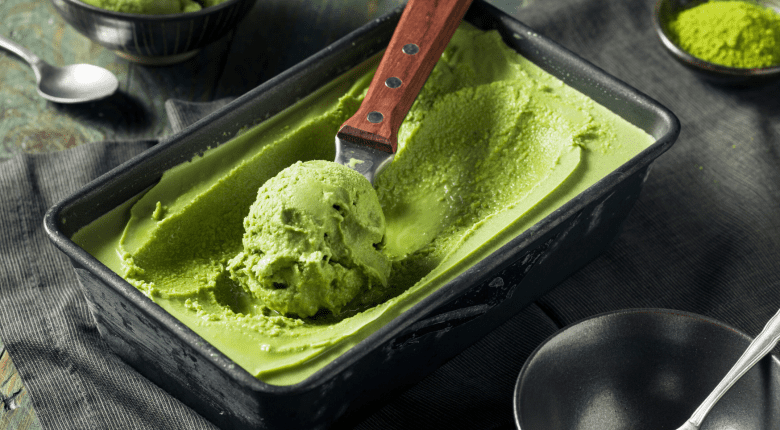
-
Matcha
The expensive green powder is traditionally consumed as matcha tea. What’s special about this kind of tea is its invigorating effect due to the caffeine it contains. Compared to coffee, however, the caffeine has a much longer effect due to the slower absorption! The preparation method uses much more tea than traditional green teas, and this means matcha tea also contains more health-promoting substances. These include vitamins and certain antioxidants which can have a preventive effect on cardiovascular diseases and strokes. For many, however, the taste of traditional tea takes some getting used to. For the summer, matcha powder combined with tasty fruits can also be used for making ice cream. Our storage tip is to keep the tea in an airtight container in your Liebherr refrigerator. In cold temperatures, the superfood doesn’t lose much flavour and stays fresh for longer.
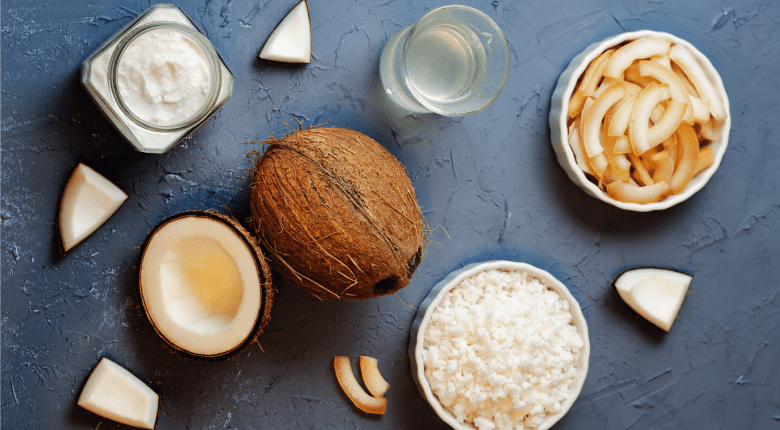
-
Coconut
What’s an absolute must in the summer? Coconut, of course! Products made from this popular superfood such as water, milk, zest, flour and chips are available to consumers. This conjures up some exotic flair in our kitchens. One particularly notable aspect is the considerable amounts of calcium, potassium, magnesium and phosphorus. In addition, the coconut flesh consists of up to 10 % dietary fibre, which ensures you feel full for a long time. The high content of medium-chain fatty acids makes coconut easily digestible and prevents food cravings. But take care, those concerned about their figure should only consume coconut in moderation as it consists of one-third fat. Coconuts will keep fresh for up to 30 days in your BioFresh Fruit & Vegetable Safe.
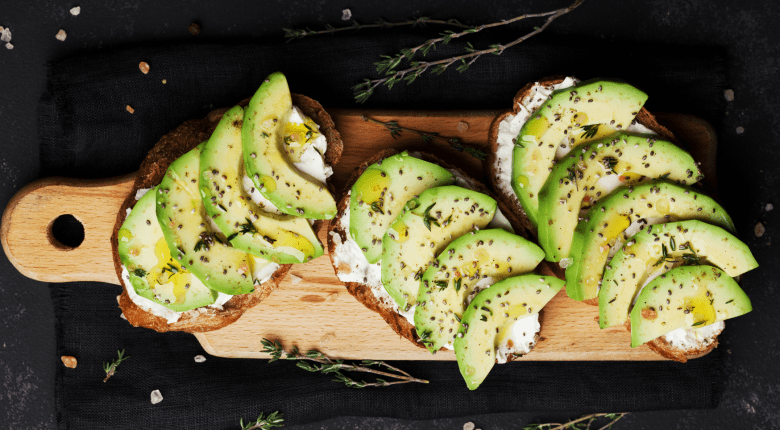
-
Avocado
Avocados are very popular and the super-fruit will also, once again, form an indispensable part of our dishes this summer. The superfood has impressive levels of valuable omega-3 fatty acids, which can help, for example, with cardiovascular diseases and increased cholesterol levels. Avocados can be stored for up to 12 days in your Liebherr refrigerator. But if you think that the valuable fats can only be found in avocados, then you’re wrong. Walnuts, for example, also contain unsaturated fatty acids and are also grown domestically.
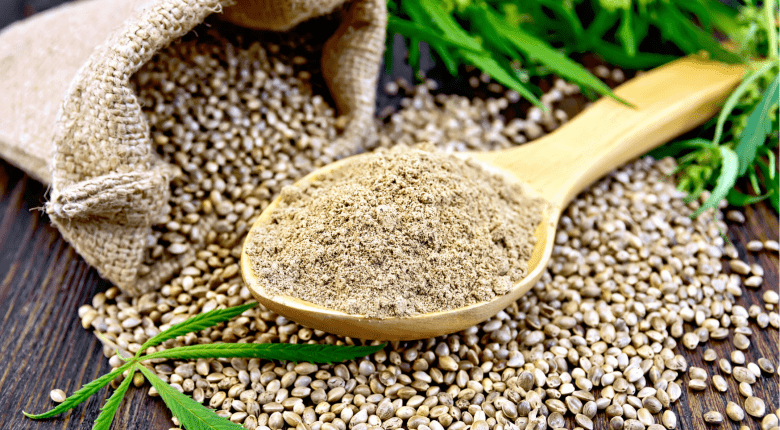
-
Hemp seeds
A relatively new arrival to the superfood family are the slightly tart and nutty seeds of the hemp plant. Worth highlighting are the many unsaturated fatty acids and the high content of proteins, dietary fibre, vitamins and trace elements. The super-seeds also contain very low levels of carbohydrate. This makes the seeds ideal for a low-carb diet. Similar to chia and flax seeds, they can be used as toppings for muesli, yoghurt and salads, but also for baking. The seeds are best stored in the refrigerator, as the superfood stays fresh for a particularly long time in cool and dry places.
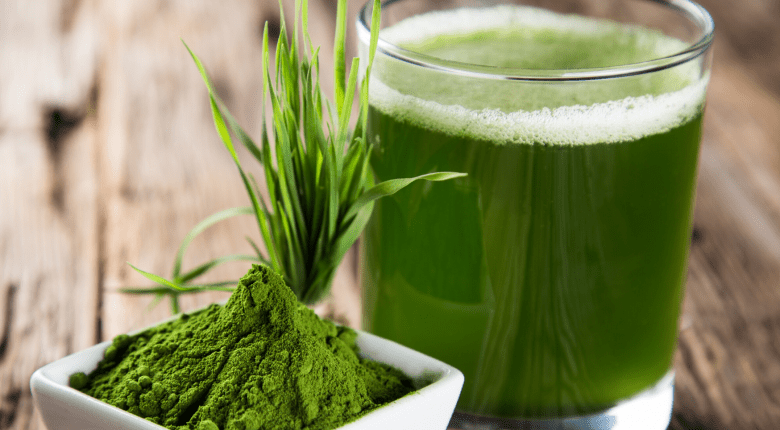
-
Wheatgrass
Wheatgrass is used in green smoothies, juices and can be sprinkled in powder form over salads. What makes the superfood special is the high content of chlorophyll, a leaf pigment to which wheatgrass owes its green colour. Chlorophyll helps to distribute oxygen throughout the body and also fights free radicals which, for example, can play a role in the development of cancer. You can also grow wheatgrass yourself on the windowsill!
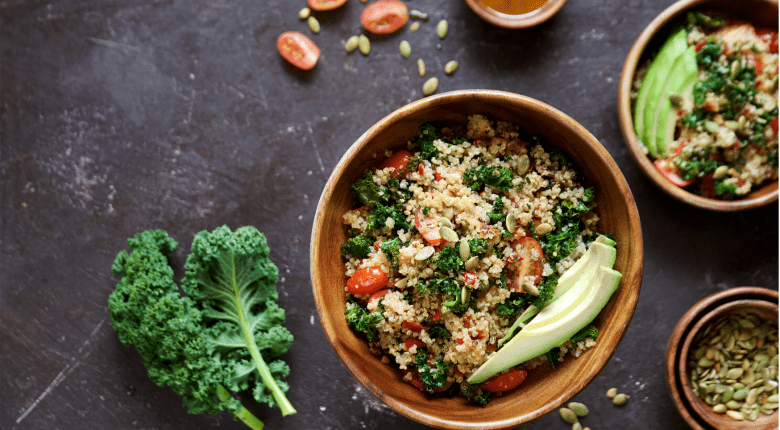
-
Quinoa
The superfood, which originally comes from the Incas, has it all! Minerals such as calcium, iron, zinc, potassium and phosphorus are what make this superfood really healthy. It is also an optimal source of protein for vegans and is gluten-free. Quinoa is ideal for preparing summer salads and vegetarian patties. Domestic alternatives are millet and oats. Like quinoa, both cereal alternatives contain valuable protein. Millet is also suitable for those with gluten intolerance.